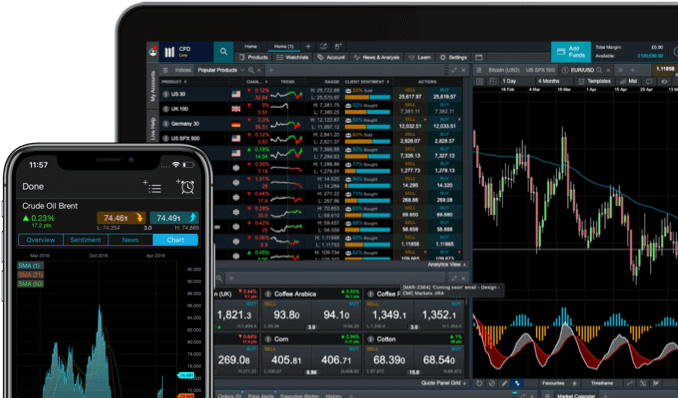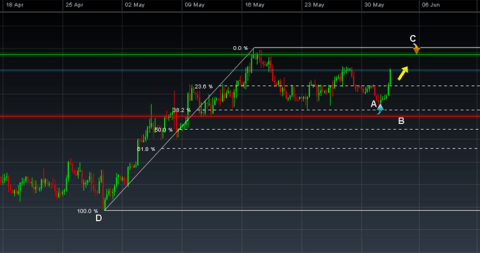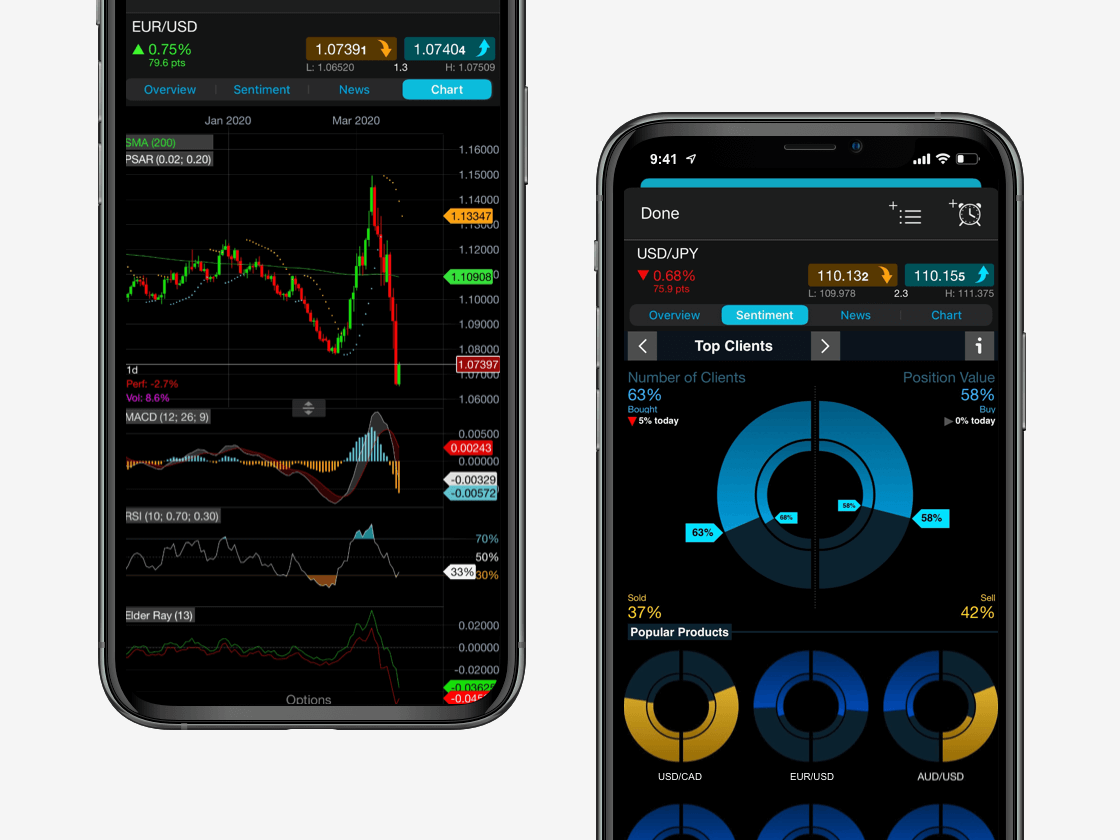Support and resistance lines represent the cornerstone of technical analysis and you can build a successful stock swing trading strategy around them.
A support level indicates a price level or area on the chart below the current market price where buying is strong enough to overcome selling pressure. As a result, a decline in price is halted and price turns back up again. A stock swing trader would look to enter a buy trade on the bounce off the support line, placing a stop loss below the support line.
Resistance is the opposite of support. It represents a price level or area above the current market price where selling pressure may overcome buying pressure, causing the price to turn back down against an uptrend. In this case a swing trader could enter a sell position on the bounce off the resistance level, placing a stop loss above the resistance line. A key thing to remember when it comes to incorporating support and resistance into your swing trading system is that when price breaches a support or resistance level, they switch roles – what was once a support becomes a resistance, and vice versa.

















